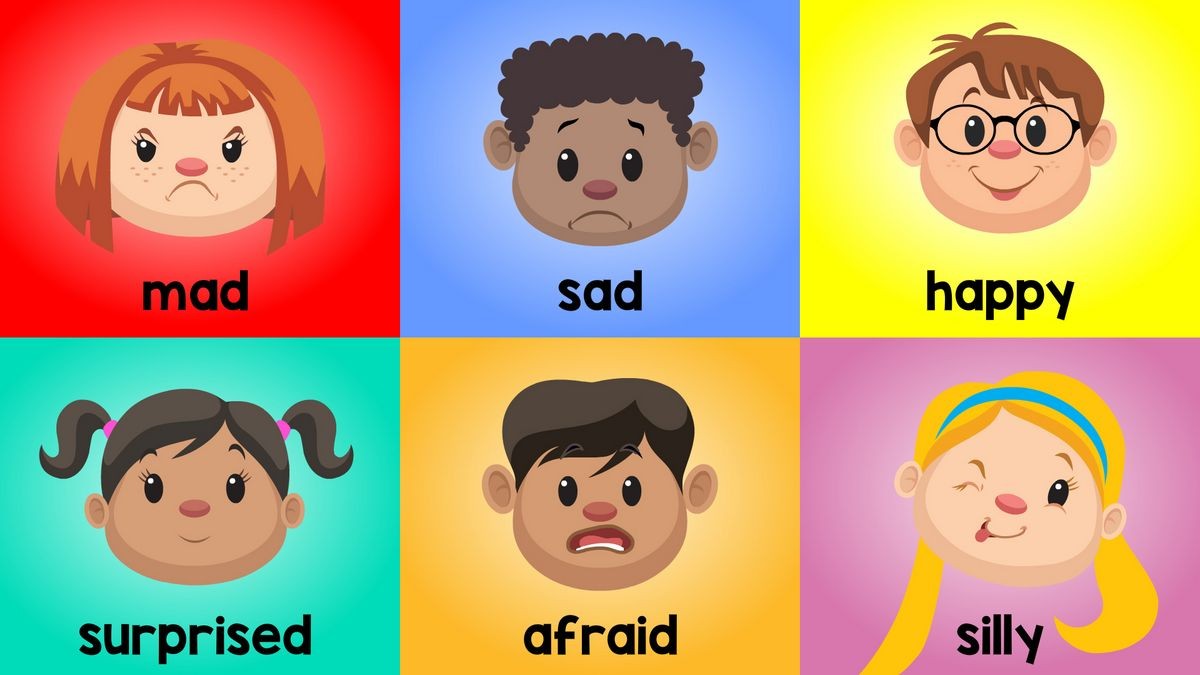
Contents
7 Basic Types of Feelings and Emotions
Feelings and emotions are essential for our well-being as living beings. The 7 basic types of feelings and emotions are fear, contempt, disgust, sadness, anger, happiness, and surprise.
Ever wondered if you feel happiness like the person across from you? Baffled by your coworker’s constant contempt? Understanding how feelings and emotions work can be a challenge, but it’s important. Emotions are a blend of neurobiology, physiology, and learned behavior.
According to the American Psychological Association, primary emotions are universally felt and recognized. While the list may vary, primary emotions are usually grouped into four to ten categories.
Fear
Why do some people enjoy scary movies and rollercoasters? Fear is a powerful emotion that triggers physical reactions like a racing heart and sweating. It makes us alert and ready to act. Fear also serves as a warning for potentially harmful situations. While most try to avoid fear, some adrenaline junkies enjoy the short-term excitement and mental clarity it brings.
Contempt
Contempt, whether subtle or obvious, can be detrimental to relationships. It involves considering oneself superior to others. Living in a constant state of contempt makes it difficult to form healthy relationships and make friends.
Disgust
Disgust is not merely based on the five senses. It can be triggered by various factors, such as the sight of mayonnaise or the concept of ethical failures. Disgust is a core emotion that manifests differently depending on the situation.
Sadness
Sadness is a universal emotion, though it may manifest differently in each person. It ranges from mild disappointment to intense grief. Some may internalize sadness, while others may express it through anger.
Anger
Unlike fear or sadness, anger is directed at someone or something. It prompts individuals to take action to improve their situation. Anger can be constructive, signaling burnout or feeling betrayed.
Happiness
Happiness is often shared with loved ones, producing pleasure, connection, and positive feelings. It can be experienced even in solitude.
Surprise
Surprise is an immediate, instinctual reaction to the unexpected. It is easily recognizable due to the expression of shock.
Secondary Emotions
Secondary emotions require context and are not universally understood. Pride and jealousy are examples that vary according to cultural and personal influences. Some researchers believe love and parental feelings are primary emotions.
Complex Emotions
Complex emotions combine primary and secondary emotions, making them more challenging to decipher. Hate, for instance, can stem from a mixture of fear and anger.
Criticisms of the Basic Emotions Framework
Number of basic emotions: Experts debate the definition of basic emotions and their quantity. Some propose only four, while others argue for eight or more. The inclusion or exclusion of specific emotions is also open to discussion.
Going beyond basic emotions: Some emotions share characteristics and facial expressions, existing on a continuum. Sadness and happiness are opposites, and fear and anger share similar physiological reactions. Regardless of the framework, there are universal traits and common ways of expressing emotions.
While all emotions are normal, overwhelming emotions can be detrimental. This list of basic and complex emotions does not encompass emotional disorders such as depression and chronic anxiety. Seeking help from a professional who understands the complexities of emotions is essential in managing and understanding them.
QUESTION
American Psychological Association. "APA Dictionary of Psychology: anger," "APA Dictionary of Psychology: disgust," "APA Dictionary of Psychology: fear," "APA Dictionary of Psychology: joy," "APA Dictionary of Psychology: primary emotion," "APA Dictionary of Psychology: sadness," "APA Dictionary of Psychology: secondary emotion." "APA Dictionary of Psychology: surprise."
Cognition and Emotion. "Ekman’s basic emotions: Why not love and jealousy?"
Frontiers in Psychology. "A Model for Basic Emotions Using Observations of Behavior in Drosophila," "An Integrative Way for Studying Neural Basis of Basic Emotions With fMRI."
Journal of personality and social psychology: "Dispositional Contempt: A First Look at the Contemptuous Person."
Nemours Teens Health: "The Power of Positive Emotions."
University of West Alabama. "Our Basic Emotions."
University of West Alabama. "Our Basic Emotions."


